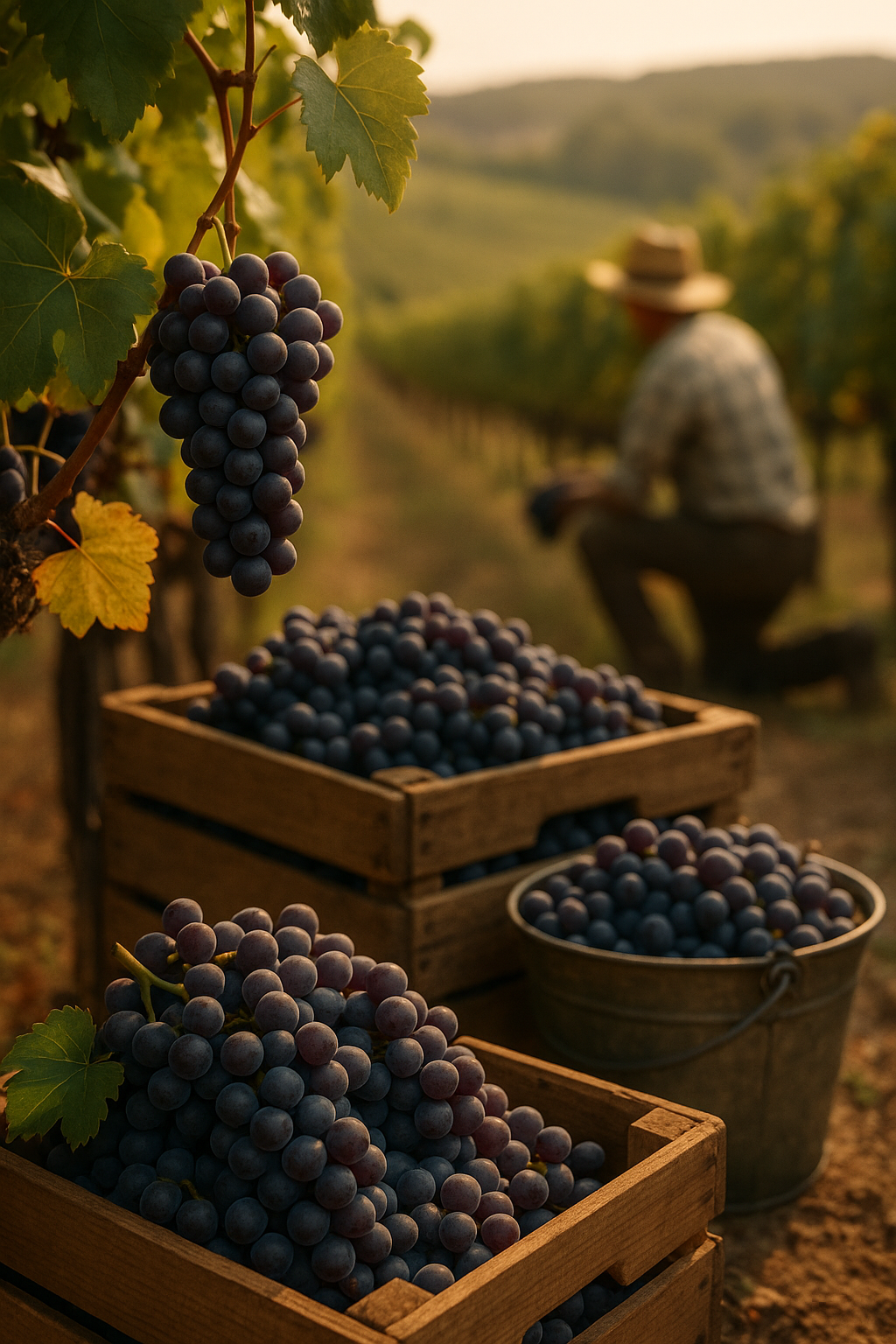
Grape-specific yield allure in 2022 Barton
Share
Overview of 2022 Grape Harvest in Barton
The 2022 grape harvest in Barton showcased a remarkable confluence of favorable weather conditions and meticulous vineyard management, resulting in yields that exceeded expectations. Early spring brought a gentle warmth, encouraging early bud break, while a temperate summer ensured that the grapes ripened evenly. Vineyard owners reported vibrant flavors and excellent sugar levels, particularly in varieties like Cabernet Sauvignon and Chardonnay, which thrived under the season's unique climatic patterns.
Moreover, the harvest was characterized by a significant increase in organic farming practices, as more growers adopted sustainable methods to enhance grape quality. This shift not only contributed to the health of the vines but also appealed to an increasingly eco-conscious consumer base. As the fruit was handpicked with care, the meticulous attention to detail was evident in the final products, leading to wines that are both expressive and complex. The 2022 vintage is poised to be a defining year for Barton, setting a high bar for future harvests and reinforcing the region's reputation for exceptional grape production.
Key Factors Influencing Grape Yields
The interplay of climate, soil composition, and vineyard management techniques plays a pivotal role in determining grape yields. Climate, particularly temperature and precipitation patterns, directly affects the growth cycle of grapevines. For instance, a warm, dry season can enhance sugar accumulation in the grapes, leading to higher quality wines, while excessive rainfall may dilute flavors and increase disease susceptibility. Soil composition, rich in organic matter and well-draining, supports robust root systems, allowing vines to access essential nutrients and water. Additionally, vineyard management practices such as pruning, irrigation, and pest control significantly influence yield outcomes. Sustainable practices, including cover cropping and integrated pest management, not only promote healthier vines but also contribute to long-term soil fertility. All these factors intertwine to create an environment where grapevines can thrive, ultimately shaping the yield and quality of the harvest in 2022 Barton. Understanding these dynamics is crucial for vintners aiming to optimize their grape production.
Implications for the Local Wine Industry
The implications of the 2022 Barton vintage extend far beyond its immediate appeal to consumers; they resonate deeply within the local wine industry. As producers embrace the allure of grape-specific yields, they are compelled to innovate their cultivation practices and refine their winemaking techniques. This shift not only enhances the quality of the wines but also fosters a stronger connection between local vineyards and their terroir.
Moreover, the focus on specific grape varieties encourages diversification, allowing smaller wineries to carve out niche markets that highlight their unique offerings. This can lead to increased competition, stimulating overall growth within the region. As wineries adopt sustainable practices to optimize yields, they also contribute to the preservation of local ecosystems, ensuring that the vineyards remain viable for future generations.
Ultimately, the 2022 Barton vintage serves as a catalyst for collaboration among vintners, sparking initiatives that promote local tourism and education about the region’s rich viticultural heritage. This interconnectedness not only elevates the local wine industry but also strengthens community ties, paving the way for a vibrant future.
